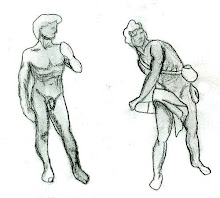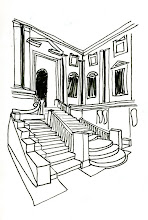There is nothing quite like some busy work and that is exactly what Housing and Community’s chapter five is. The chapter is filled with facts, definitions, and theories based off the idea of neighborhood and community. While I am usually very intrigued by philosophical thoughts and theories, the ones presented in this chapter were just absolutely dull. Supposing the biggest upset is that naturally, as a human, one tends to grow up in or around a neighborhood or community. This fact was clearly overstated in the three paragraphs it took up in chapter five. Nevertheless, this easy read felt humiliating as if the author thought I was raised by a pack of wolfs. This consequently, would also render community allowing me to have somewhat of a preconceived notion of social interaction.

Sited
My other disappointment was “the theories that described themselves.” What I mean to say is this: if one has common knowledge of the English language then one can assume without definition that “Collective Socialization Theories” most likely means a joint, group or combination that is also public and shared are in all probability taking care of each other. If there is any uncertainty, the definition given by Housing and Community’s is this- elders have the opportunity to act as positive role models and exert social control on the youth in that particular neighborhood. Hence, hierarchy plays a role in community.
All in all, the entirety of the chapter was not a complete waist; there was mention of building limitations, zoning codes and ordinances. With that being said, having complete knowledge of the target markets social and psychological needs will hopefully prove to make me a better designer. This chapter has taught me to consider the residence, work with the governing body throughout my process, and pray to God for a good design.










No comments:
Post a Comment